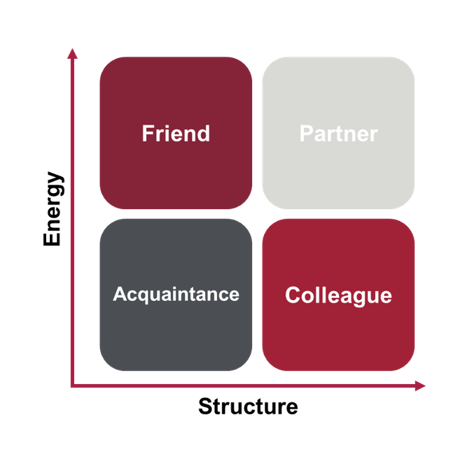Donor retention is always a hot topic in the nonprofit fundraising space. Closely related to this is the focus on upward migration (or donor upgrades).
After all, every nonprofit organization wants to build strong relationships with their donors so they stay committed to the cause longer and give larger gifts over time. Pretty simple.
So why is retention such a challenge? Maybe it’s because we’re not always giving donors what they want.
That’s why RKD Group recently conducted a research study on what drives those deeper donor relationships. We wanted to uncover what creates long-lasting commitments.
As Vice President of Donor Engagement, I constantly focus on helping nonprofits build stronger relationships with mid-major donors, so this research really affirmed what we do. And I’m here to share some thoughts on how you can use these findings in your program.
What drives stronger donor relationships
The study, called “Listen Up! The Nonprofit Marketer's Guide to What Donors Want,” has some fascinating findings. I highly recommend that you read through it to better understand donor sentiment.
The big conclusion is that nonprofits must make donors feel more valued and more included.
Donors with strong relationships said the nonprofit values their opinion (57%), cares about their point of view (54%) and keeps them informed (52%). Likewise, donors with strong relationships are also more likely to watch a nonprofit’s videos (73%), volunteer (51%) and attend events (48%).
Our research also affirms that these stronger relationships are tied to larger donations:
Crafting a better stewardship strategy
Building better donor relationships requires a combination of structure and energy in your program. The structure helps get donors involved, and the energy helps make them feel valued.
When both are done correctly, we move donors from mere acquaintances of the organization to become dedicated partners.

Think about some of the relationships during your life.
If you see someone on a regular basis—at school as a student, in the office as a worker, at your children’s social activities as a parent—you move from acquaintances to colleagues. The structure of those consistent events keeps you connected. But if those interactions lack excitement and energy, you’ll remain colleagues.
Likewise, when you really connect with someone—a friend during your college years, for example—and you no longer see them regularly, you begin to lose touch. The energy is there to make you friends, but the structure is missing.
When you have both energy and structure in a relationship, you develop a close partnership. And this is what nonprofits must bring to their stewardship programs. This takes careful planning through a strategic lens.
We must model donor behavior, develop the right communication, and interact with authenticity to truly drive that upward migration. These intentional, personalized touchpoints are established to:
- Put donors and their impact first
- Create predictability and trust
- Measure habits and behaviors that are key indicators of success ahead of revenue/gifts
At RKD, we do this across channels in what we call "donor surround sound." Collaboration, messaging and engagement consistency create organization-wide donor satisfaction and growth—again, making them feel valued and involved.
5 tips to get started
Sounds great, right? But you’re probably wondering, “Where do I begin?”
Gathering data and putting it to use is an excellent place to start:
- Talk to your donors: I recommend you ask your donors what they want—much like we did in our research. Find out what interests them and uncover their motivations. If you do a survey, make sure the questions are donor-centric—a lot of nonprofits make this mistake and focus their questions to be about the organization. Here are a few scalable ideas.
- Build fun quizzes: Social media is a great place to have some fun and engage with your followers. Create quizzes that get people’s attention while also generating data around their interests.
- Deliver meaningful content: With more data, you can adapt your creative and communications to match donor preferences. For example, an animal welfare organization might be able to identify that a particular donor likes cats more than dogs. Then, automations can be put in place to send that donor down more of a “cat” journey that informs them about the impact their gift has on helping cats. Over time, this donor will build a stronger relationship because you’ve given them more of what they want.
- Introduce modeling: Use advanced analytics to uncover which donors in your file have the capacity for higher giving. You can’t boil the ocean, so this helps laser-focus on who to invite to events, offer opportunities to volunteer and engage with personally. Build this structure to get them more involved, and the relationship will strengthen.
- Create giving societies: One of the best ways to create structure is to recognize portions of your file as a particular giving society. Once you’ve identified how to qualify for a certain society, build out what members will receive—i.e., quarterly reports, invitation to meet with the CEO, a special seating section at events, etc.
Donors want to feel valued, and they want to get involved. If we can meet their needs, retention rates will improve and donors will give larger gifts.
All it takes is some listening.






Leave a comment: